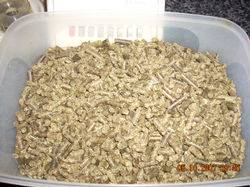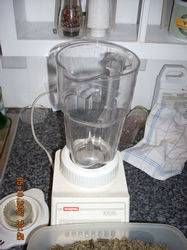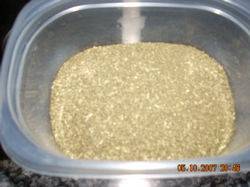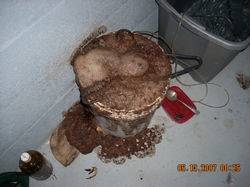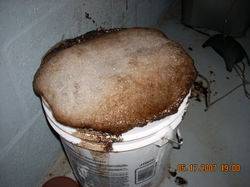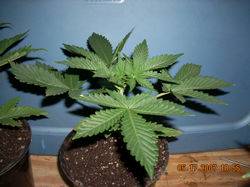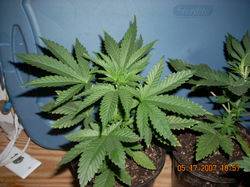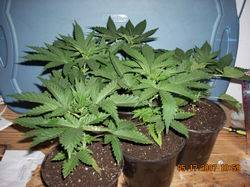Question:
E. Ingham always recommends that you brew your compost tea with compost and molasses and then to add kelp extract right before application (rather than brewing with the kelp extract added).
I'm sure she has good reason... does anyone know what the reasoning is?
E. Ingham always recommends that you brew your compost tea with compost and molasses and then to add kelp extract right before application (rather than brewing with the kelp extract added).
I'm sure she has good reason... does anyone know what the reasoning is?








